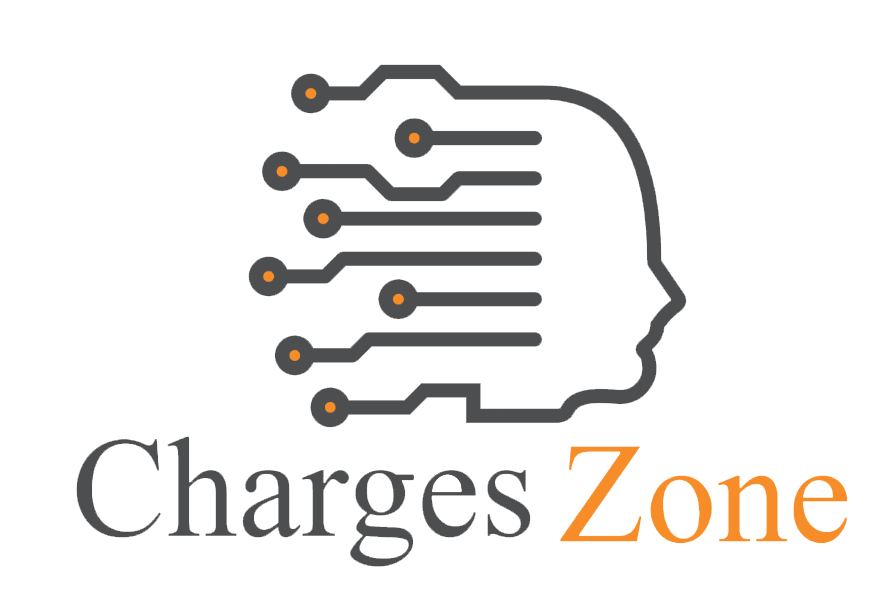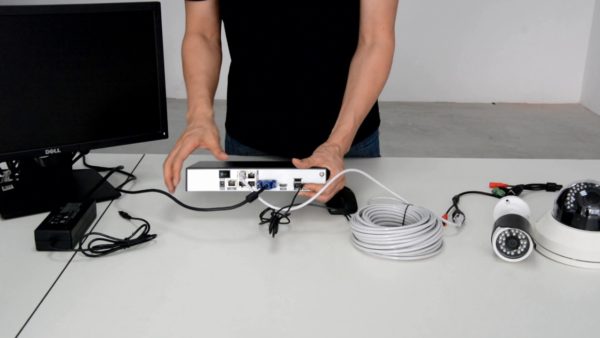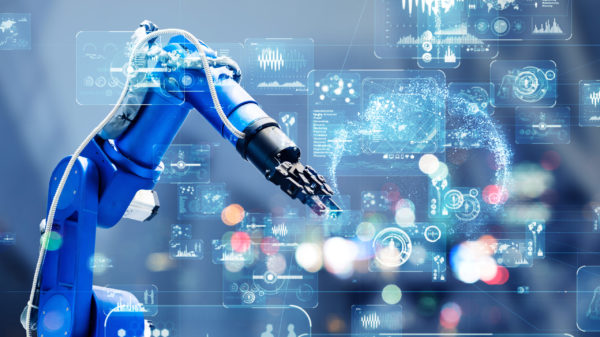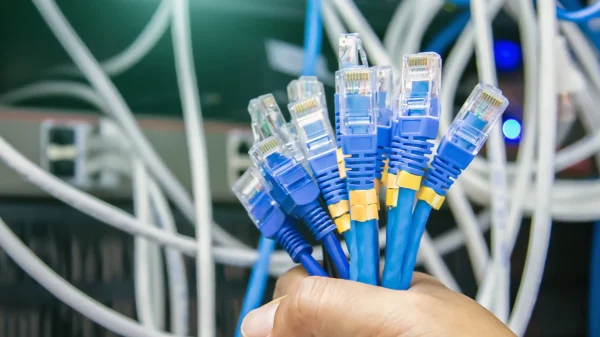Startups That Develop Androids
If robots are modeled after humans, theoretically it will be easier for them to function in the environment designed for us and use our tools. The problem is that the human body is incredibly complex, and recreating it is an impressive challenge for engineers. It’s even harder to do it cheaply. Imagine a robot working for you while you are chilling and checking a Spin Casino review. Of course, we are going to talk about recent developments that might become a part of our life.
Clone Robotics
Poland is already developing a synthetic human, one body part at a time. This is the project of Clone Robotics. A startup with the ambitious goal of creating low-cost humanoids. They can do everything people don’t like, from cleaning houses to working on assembly lines in factories.
The team believes this will require machines that are as physically human-like as possible. And as a first step along the way, they are taking on what is arguably the most difficult part of the human body to replicate. That is our hands.
In February, the startup introduced the 18th version of the synthetic arm, which took 8 years to develop. Like a human hand, it has bones, tendons, and muscles. 27 degrees of freedom allow her to move amazingly realistically.
The bones are molded from carbon fiber, which the company says is very strong but can be made cheaply. The rest of the hand is made of soft materials, including 37 muscles that are controlled by a hydraulic system.
Currently, these muscles can withstand 650,000 expansion and contraction cycles, and the fingers are strong enough to grip and hold weights up to about 6.8 kg. The most impressive thing is the price: the cost of materials is only $2.8 thousand.
Clone has raised over $640,000 from investors including Y Combinator co-founder Trevor Blackwell. It launched a crowdfunding campaign on February 25th. The startup says 16 AI labs have already pre-ordered the humanoid arm. Version 20 is scheduled to ship in 2023. And it is already developing the next body part: the humanoid torso.
He will have a rigid spine, a movable neck, two arms with hands, and 124 muscles. The plan is to put it all on a turnkey mobile platform, and Clone says it already has 116 pre-orders, from customers ranging from bakeries to lawn care services.
It’s not yet known when Clone plans to develop a lower half for robotic arms and torso, but dozens of other companies are already building their own humanoids. Some of them are even able to move on their own two legs.
Atlas (Boston Dynamics)
The Boston Dynamics hydraulic-powered Atlas humanoid has no arms, but it does have a pair of legs on which it can run, jump, and even dance. The bot is meant to be used as a research platform – you can’t buy it – but in January 2023, Boston Dynamics said it was going to turn Atlas into “a robot that can do meaningful work outside of the lab.”
Apollo
Texas-based startup Apptronic is currently developing a general-purpose humanoid robot with NASA. The robot is not planned to be sent into space. But it is hoped that its development will lead to the creation of robots that will help in alien missions. Apptronik is set to start accepting pre-orders for the Apollo in 2023, with the first customer deliveries in 2024.
Digital (Agility Robotics)
The Digit humanoid from Oregon-based Agility Robotics doesn’t have hands (or a head) but can grip objects up to 18kg between its hands, making it useful for warehouse and/or delivery work. Agility has been supplying robots to customers since 2018, and in 2022 raised $150 million (on top of $30 million previously raised) to expand production and develop a model with a face and hands.
Ford has two such robots and is using them to develop a fully autonomous last-mile delivery service.
Optimus (Tesla)
After announcing plans to build a humanoid in 2021, Tesla unveiled several Optimus prototypes in September 2022. While they weren’t exactly technological marvels, many in the community were impressed with how quickly Tesla developed them.
If the company can continue at the same pace and meet the price set by CEO Elon Musk – $20,000 per robot, which seems unlikely – Optimus and its successors could have a huge impact on the future workforce.
Dexterous Hand (Shadow Robot)
Clone isn’t the only company specializing in perfecting artificial brushes. London-based Shadow Robot has also developed a high-tech arm capable of moving identically to our own.
The company has been selling its versions to researchers at NASA, MIT, Google, OpenAI, and other prestigious organizations for more than 20 years, but unlike Clone’s arm, this version is expensive – as of December 2022, the top model cost about $116,000.
Some robotics experts argue that modeling machines after the human body is such a huge engineering challenge that it would be better to develop simpler robots for specific tasks, but android manufacturers believe it’s worth it.
If just one of these companies can build a robot with exactly the same physical capabilities as humans, we could then teach it to do everything we don’t want to do. And if we can make bots as cheaply as Clone suggests, they could revolutionize the world of work.








